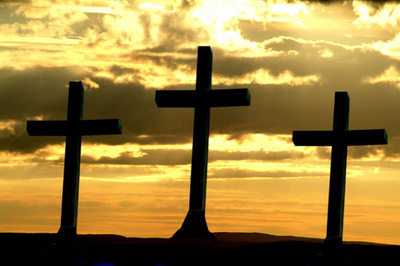John Allen has taken pen in hand and written an op-ed piece for the New York Times that puts the present crisis in a valuable context:
Considerable skepticism surrounds the Vatican’s insistence that in 1980 the pope, then Archbishop Joseph Ratzinger of Munich, was unaware of a decision to transfer a known pedophile priest to his diocese and give him duties in a parish. In some ways, the question of what he knew at the time is almost secondary, since it happened on his watch and ultimately he has to bear the responsibility. However, all the criticism is obscuring something equally important: For anyone who knows the Vatican’s history on this issue, Benedict XVI isn’t just part of the problem. He’s also a major chapter in the solution.
To understand that, it’s necessary to wind the clock back a decade. Before then, no Vatican office had clear responsibility for cases of priests accused of sexual abuse, which instead were usually handled — and often ignored — at the diocesan level. In 2001, however, Pope John Paul II assigned responsibility to the Congregation for the Doctrine of the Faith, the Vatican’s all-important doctrinal office, which was headed by Joseph Ratzinger, then a cardinal.
As a result, bishops were required to send their case files to Cardinal Ratzinger’s office. By all accounts, he studied them with care, making him one of the few churchmen anywhere in the world to have read the documentation on virtually every Catholic priest accused of sexual abuse. The experience gave him a familiarity with the pervasiveness of the problem that virtually no other figure in the Catholic Church can claim. And driven by that encounter with what he would later refer to as “filth” in the church, Cardinal Ratzinger seems to have undergone a transformation. From that point forward, he and his staff were determined to get something done.
One crucial issue Cardinal Ratzinger had to resolve was how to handle the church’s internal disciplinary procedures for abusive priests. Early on, reformers worried that Rome would insist on full trials in church courts before a priest could be removed from ministry or defrocked. Those trials were widely seen as slow, cumbersome and uncertain, yet many in the Vatican thought they were needed to protect the due process rights of the accused.
In the end, Cardinal Ratzinger and his team approved direct administrative action in roughly 60 percent of the cases. Having sorted through the evidence, they concluded that in most cases swift action was more important than preserving the church’s legal formalities.
Among Vatican insiders, the Congregation for the Doctrine of the Faith became the primary force pushing for a tough response to the crisis. Other departments sometimes regarded the “zero tolerance” policy as an over-reaction, not to mention a distortion of the church’s centuries-long legal tradition, in which punishments are supposed to fit the crime, and in which bishops and other superiors have great leeway in meting out discipline.
After being elected pope, Benedict made the abuse cases a priority. One of his first acts was to discipline two high-profile clerics against whom sex abuse allegations had been hanging around for decades, but had previously been protected at the highest levels.
He is also the first pope ever to meet with victims of abuse, which he did in the United States and Australia in 2008. He spoke openly about the crisis some five times during his 2008 visit to the United States. And he became the first pope to devote an entire document to the sex-abuse crisis, his pastoral letter to Ireland.
You’ll want to read the whole thing.

